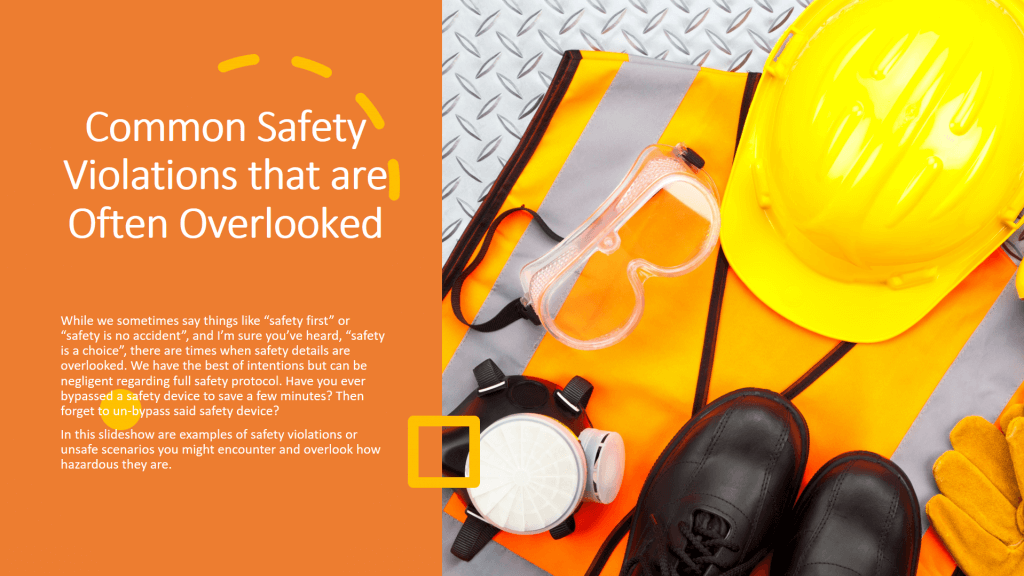While we sometimes say things like “safety first” or “safety is no accident”, and I’m sure you’ve heard, “safety is a choice”, there are times when safety details are overlooked. We have the best of intentions but can be negligent regarding full safety protocol. Have you ever bypassed a safety device to save a few minutes? Then forget to un-bypass said safety device?
Check out our Slideshare for examples of safety violations or unsafe scenarios you might encounter and overlook how hazardous they are.
Safety Violation #1
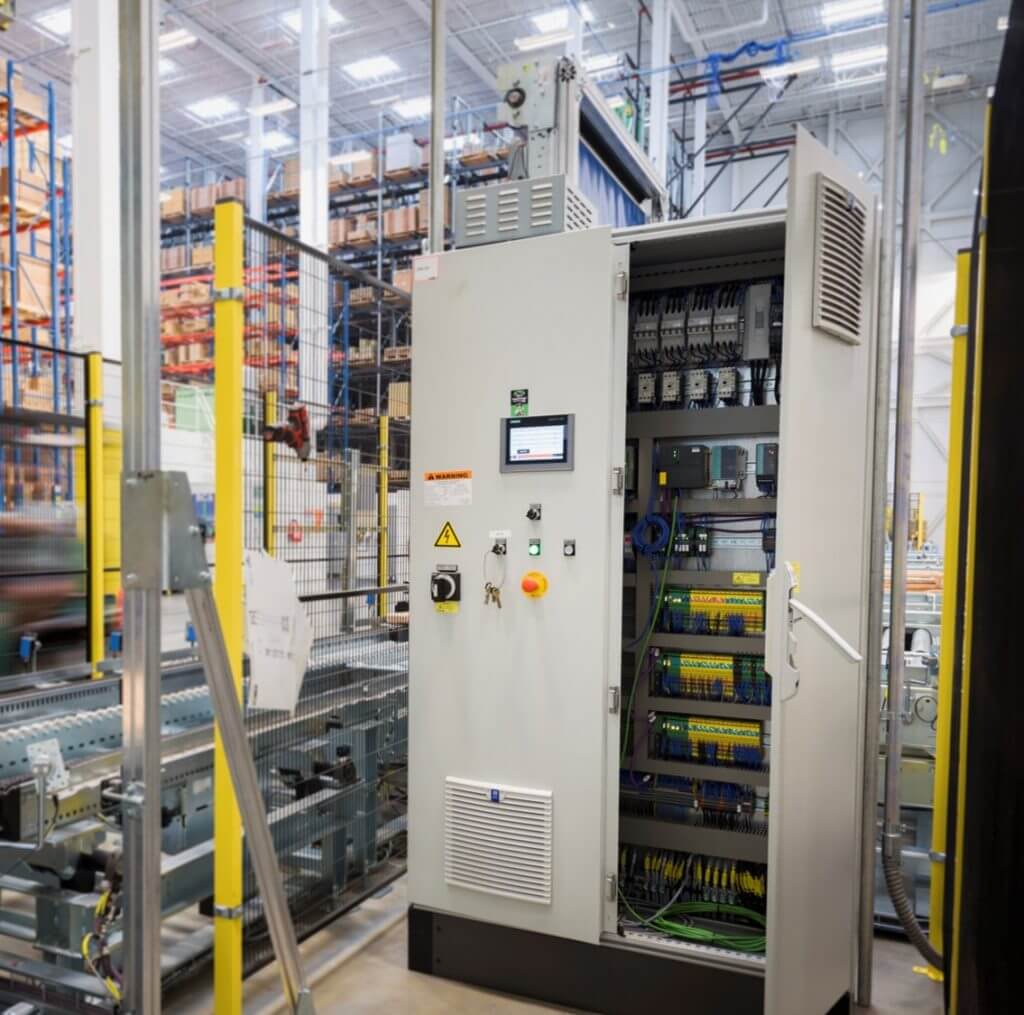
In the example, the door of the electrical enclosure is open but should remain closed at all times unless work is actively being performed in it. A secured enclosure is designed to keep unauthorized personnel out and prevent an injury or death. Open enclosure doors pose a hazard such as someone falling or tripping into the enclosure. A secured door is your first line of safety.
Safety Violation #2
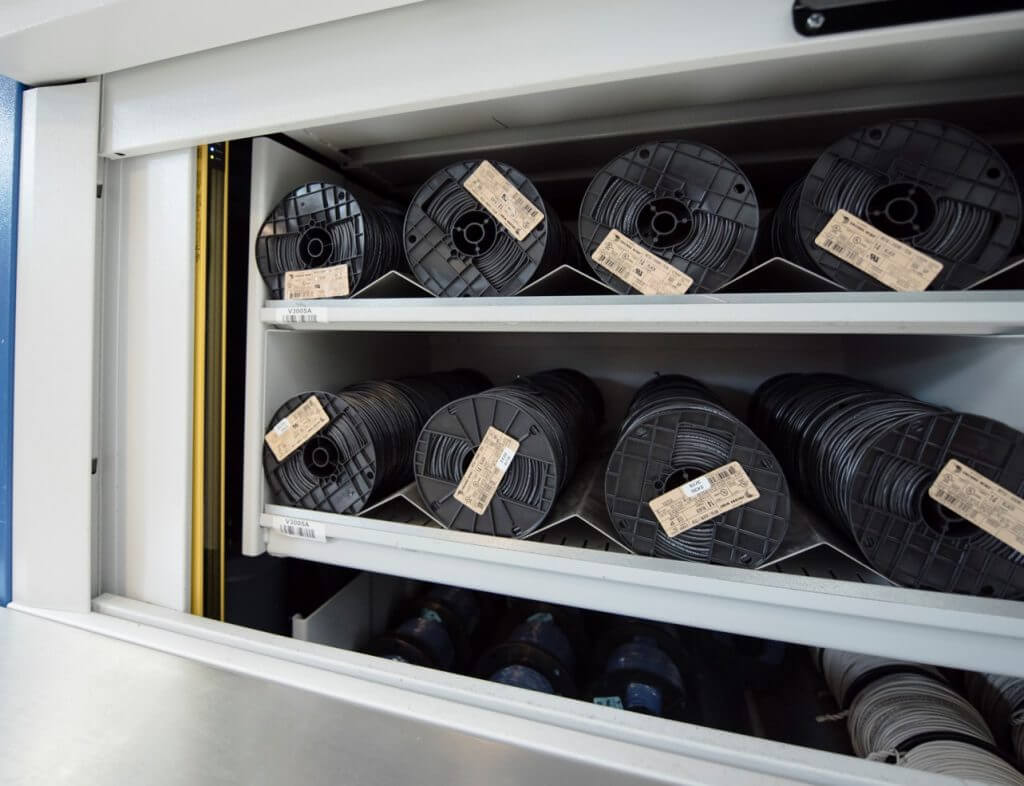
In this example, you will notice the safety light curtain was installed within too close of proximity to the open shelf of this active machine thus preventing protection from moving parts. If someone reached through the opening, the light curtain beam would not have ample time to stop the machine; an injury is likely. OSHA has published guidelines for the correct installation of light curtains and more. Adequate distance from the hazard is required to ensure that safety equipment, such as this light curtain, functions as designed. https://www.osha.gov/SLTC/etools/machineguarding/
If you are unsure about the proper location or proximity to the machine when installing a light curtain, a machine safety consultant would be a top consideration.
Safety Violation #3
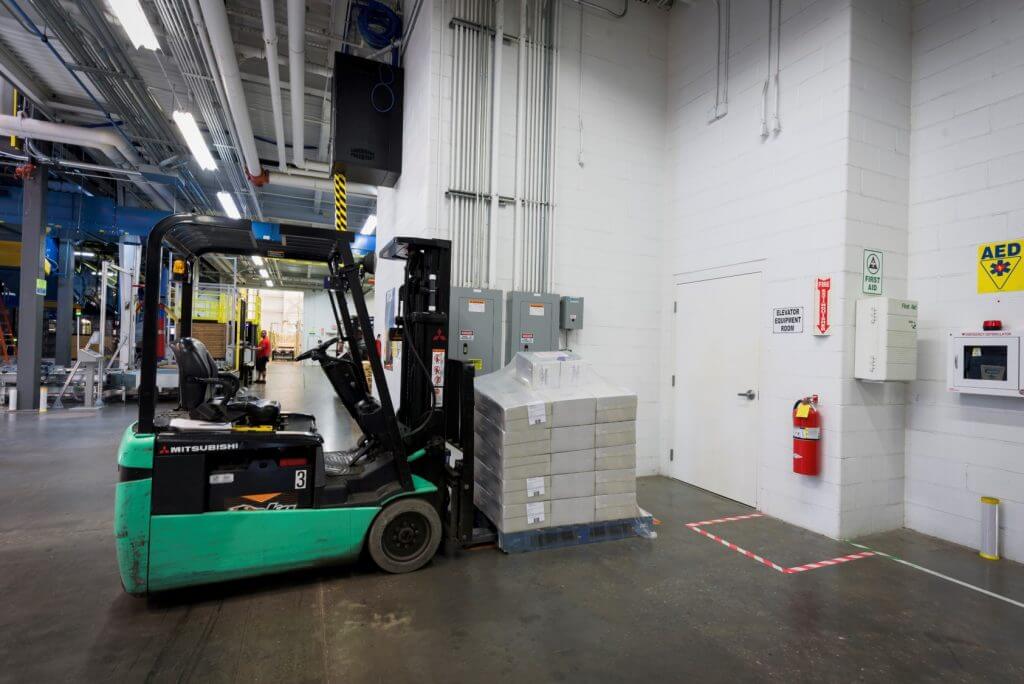
The National Electric Code, NEC 110.26, clearly states that the space within 3 to 4 feet of an electrical enclosure must be open and clear at all times. There are a few exceptions, but the proximity is considered working space and designated for use by qualified personnel only. Most facilities apply paint or decal marks to clearly define the space, and as a reminder that it may not be used for storage.
However, this violation happens fairly often; an open space on a warehouse floor is an enticing place to drop a pallet or bulk item. This becomes a risk when the items are forgotten thus blocking the panel.
Safety Violation #4
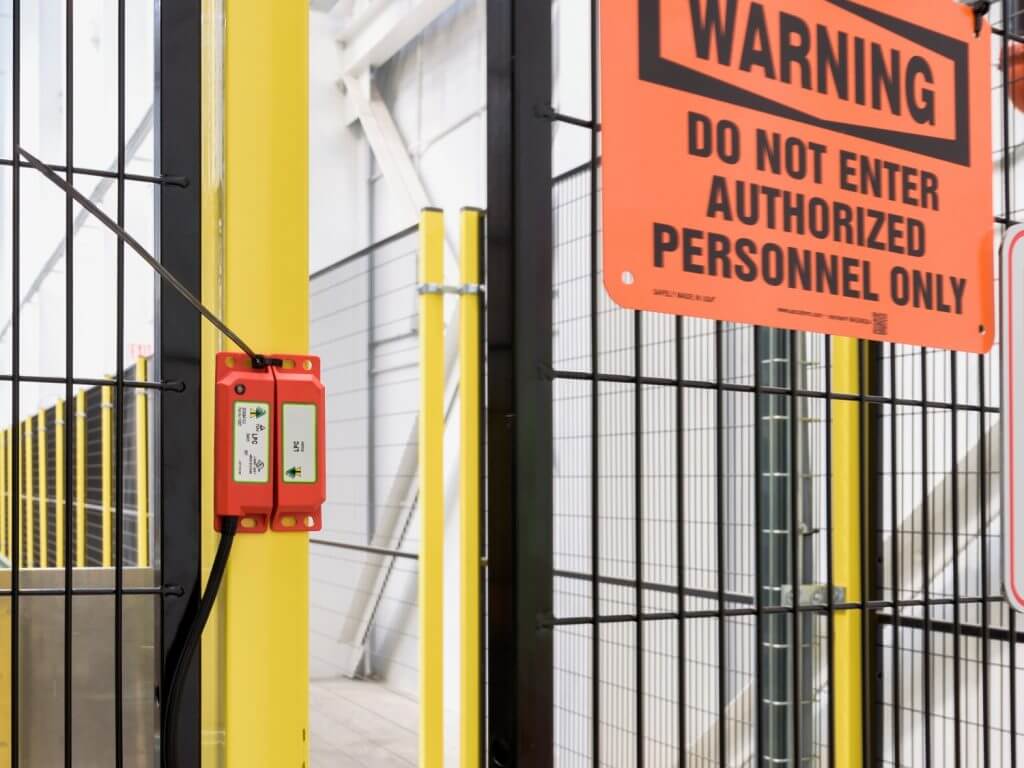
An oldie but a goodie. This is not the proper use of a wire tie, and it is certainly not the proper way to use a safety switch. This switch was installed on the gate to guard the protected area, and the switch was intended to shut down the machine if the gate was opened. This shortcut has created an unsafe and risky situation. Often maintenance personnel may feel they have to enter an area too many times in a day, and this bypass saves them a few minutes. However, failure to re-engage the switch properly creates a safety concern. Just don’t do this.
Safety Violation #5
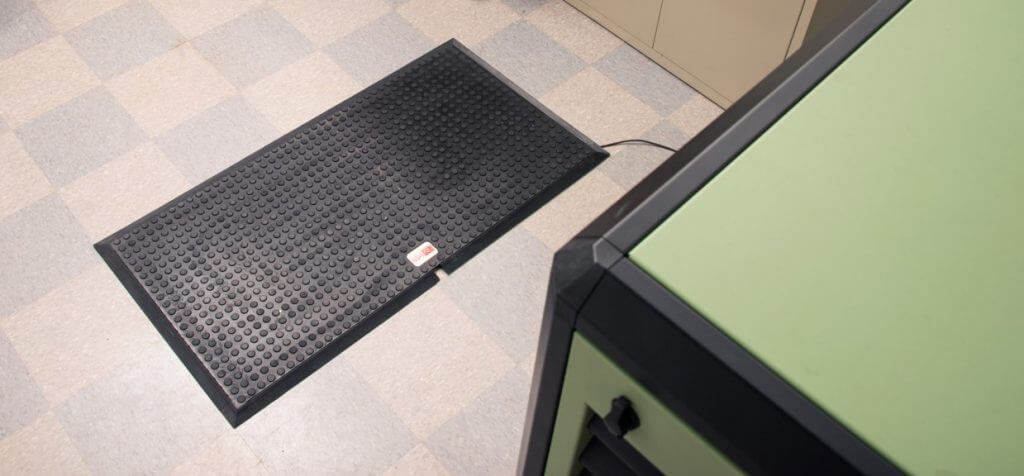
In this picture, you can see that the safety mat is positioned too far away from the machinery. This allows a worker to stand directly on the ground and defeats the purpose of a safety mat. A properly installed safety mat needs to be close enough to the machine and secured to the floor so that the workers cannot stand between the mat and the machinery. Securing the mat to the floor prohibits movement and defines the standing space clearly.
Safety Violation #6
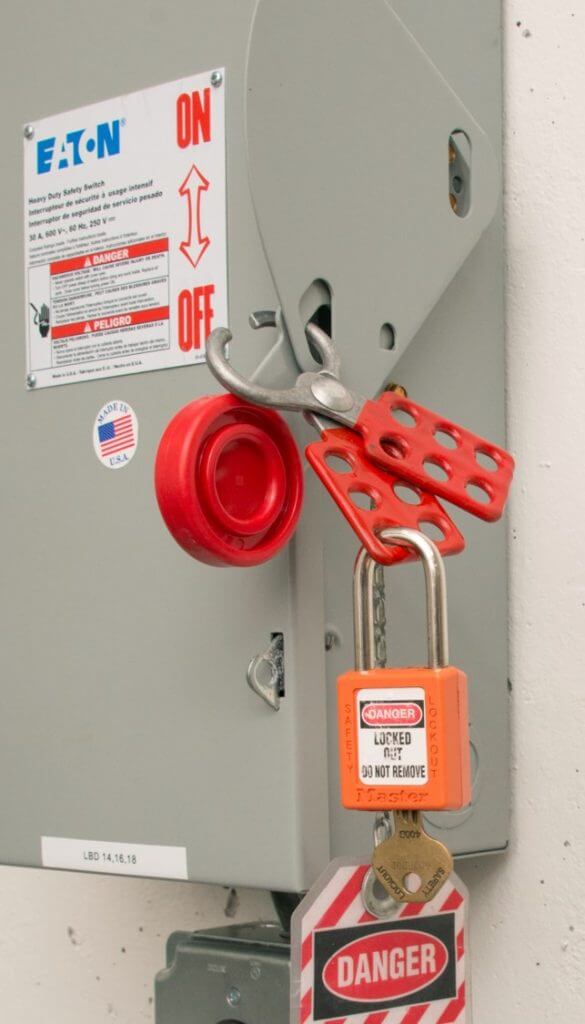
For starters, this is not the right way to engage a lockout tag on a piece of equipment. The key must be removed from the lock, and it needs to be installed on the disconnect properly. The extra two seconds needed to remove and insert your key could save your life. Verify that your lockout device cannot be defeated by anyone before walking away; never share a lock with someone else and always use your own lock. At first glance, you might think the tag is installed properly when it isn’t. Read up on lockout tagout and perform the installation the correct way.
Safety Violation #7
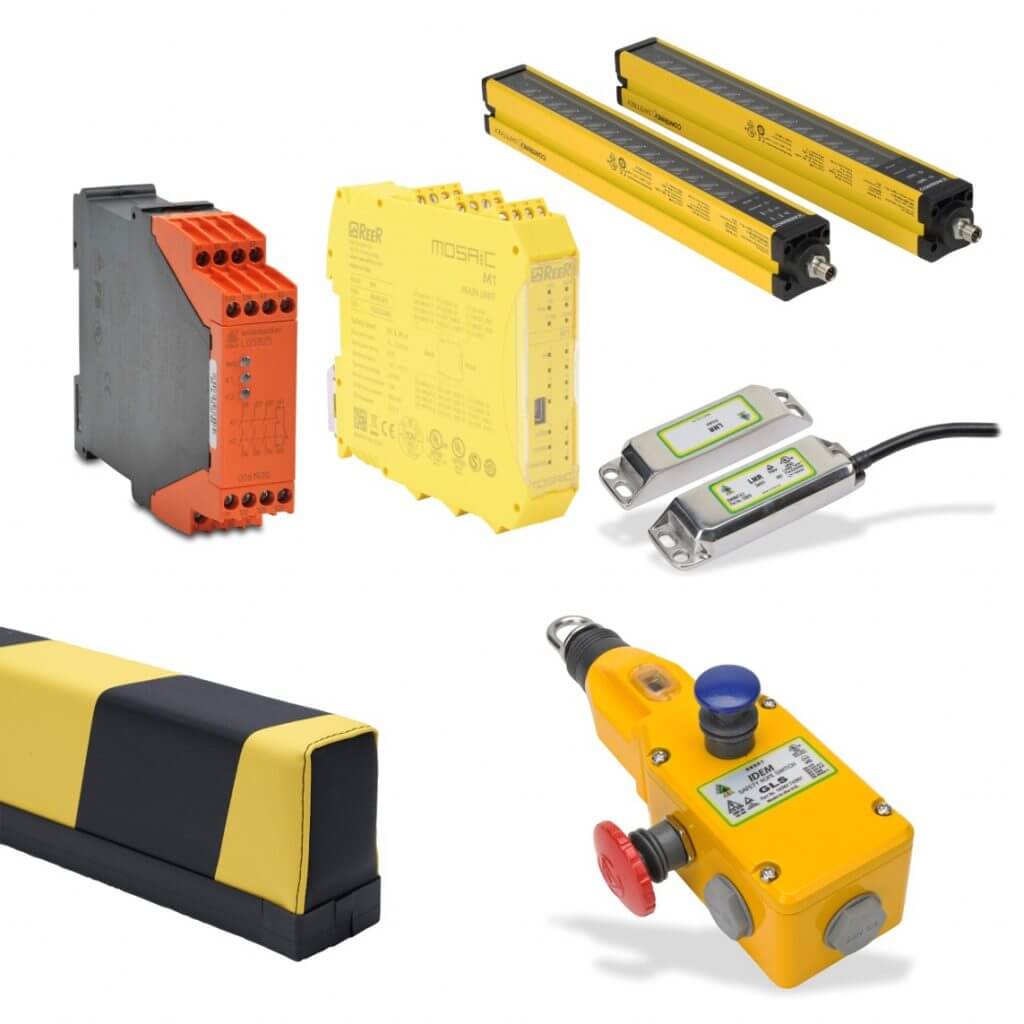
Safety must be intentional; sometimes it’s common-sense items that need attention or just a second check to ensure everyone’s safety. Other times it may require a consultant to assist with complex machines and overall facility safety to ensure electrical codes are satisfied. If you are in the market for machine safety products, please consider us for your needs.
AutomationDirect has been selling PLCs and other industrial automation products, including machine safety components since 1994. We offer FREE, fast shipping, FREE technical support on all products we sell, and a 30-day return policy on most products. You can TRUST AutomationDirect to be a reliable supplier for your machine safety products.
